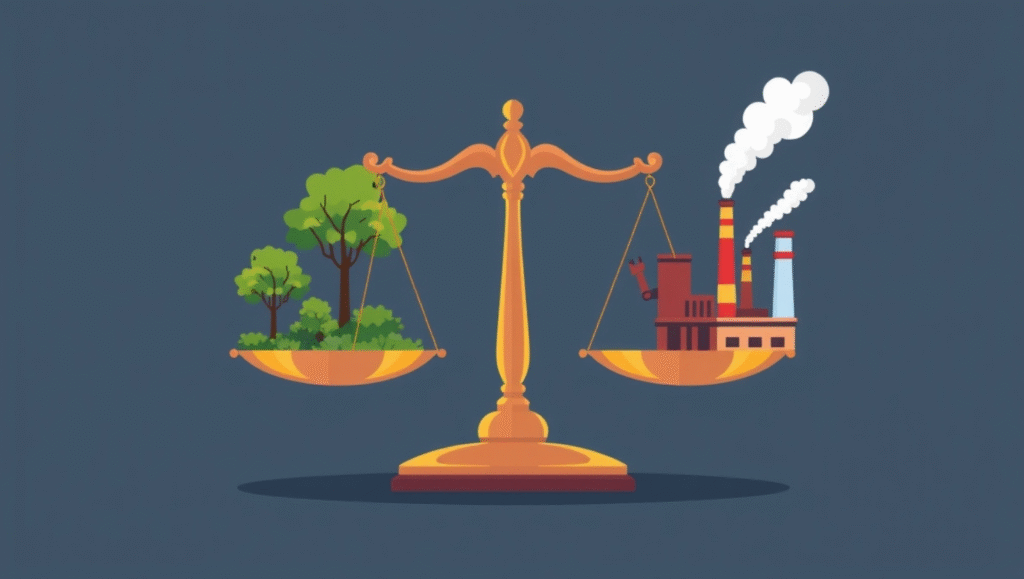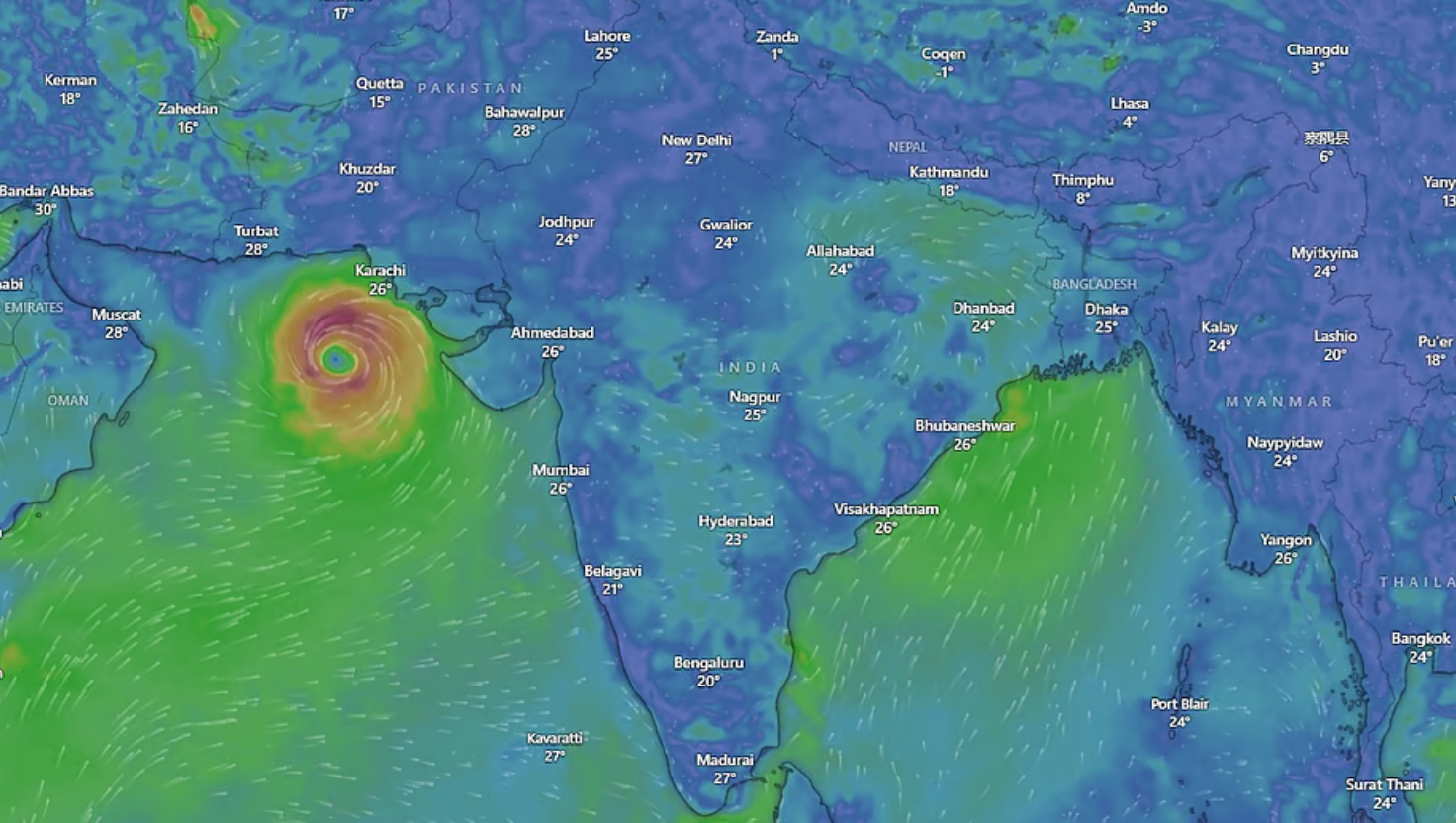Environment (Protection) Act, 1986
Syllabus: Environment & Pollution (UPSC Prelims, GS III)
Introduction
The Environment (Protection) Act (EPA), 1986 provides a legal framework for environmental protection in India. It empowers the government to take quick and effective steps to prevent and control pollution, and to respond to threats to the environment.
Background
- The Stockholm Conference on Human Environment (1972) urged countries to take measures for protecting the environment.
- India participated and later enacted the EPA in 1986 to implement these global commitments.
Constitutional Provisions
- Article 253: Allows Parliament to make laws to implement international agreements.
- Article 48A: Directs the State to protect and improve the environment, forests, and wildlife.
- Article 51A(g): Makes it the duty of every citizen to protect and improve the natural environment.
Powers of the Central Government
The EPA gives wide powers to the Centre, including:
- Establishing authorities to prevent and control pollution.
- Planning and executing programmes to reduce pollution.
- Setting standards for air, water, and soil quality.
- Issuing directions, including:
- Closure or regulation of industries and processes.
- Stoppage of electricity, water, or other services if required.
Offences and Penalties
- Offences: Any violation of the Act or rules made under it.
- Cognizance: Courts can take cases only if:
- The Central Government or its authority files a complaint, or
- A citizen files a complaint after giving 60 days’ notice to the Government.
- Penalties:
- Imprisonment up to 5 years or fine up to ₹1,00,000 or both.
- Additional fine up to ₹5,000 for every extra day of violation.
- If violation continues for more than one year, imprisonment may extend to 7 years.
Drawbacks of the Act
- Centralisation: Excessive powers to the Centre, with little role for state governments.
- Lack of Public Participation: Citizens are not meaningfully involved in decision-making or monitoring.
- Incomplete Coverage: Does not fully address newer forms of pollution like noise, radiation, or urban transport congestion.
Conclusion
The Environment (Protection) Act, 1986 is a landmark law that empowers the Centre to act swiftly against pollution and environmental threats. However, for it to be truly effective, greater role for states, citizen participation, and coverage of modern pollution challenges are essential.











